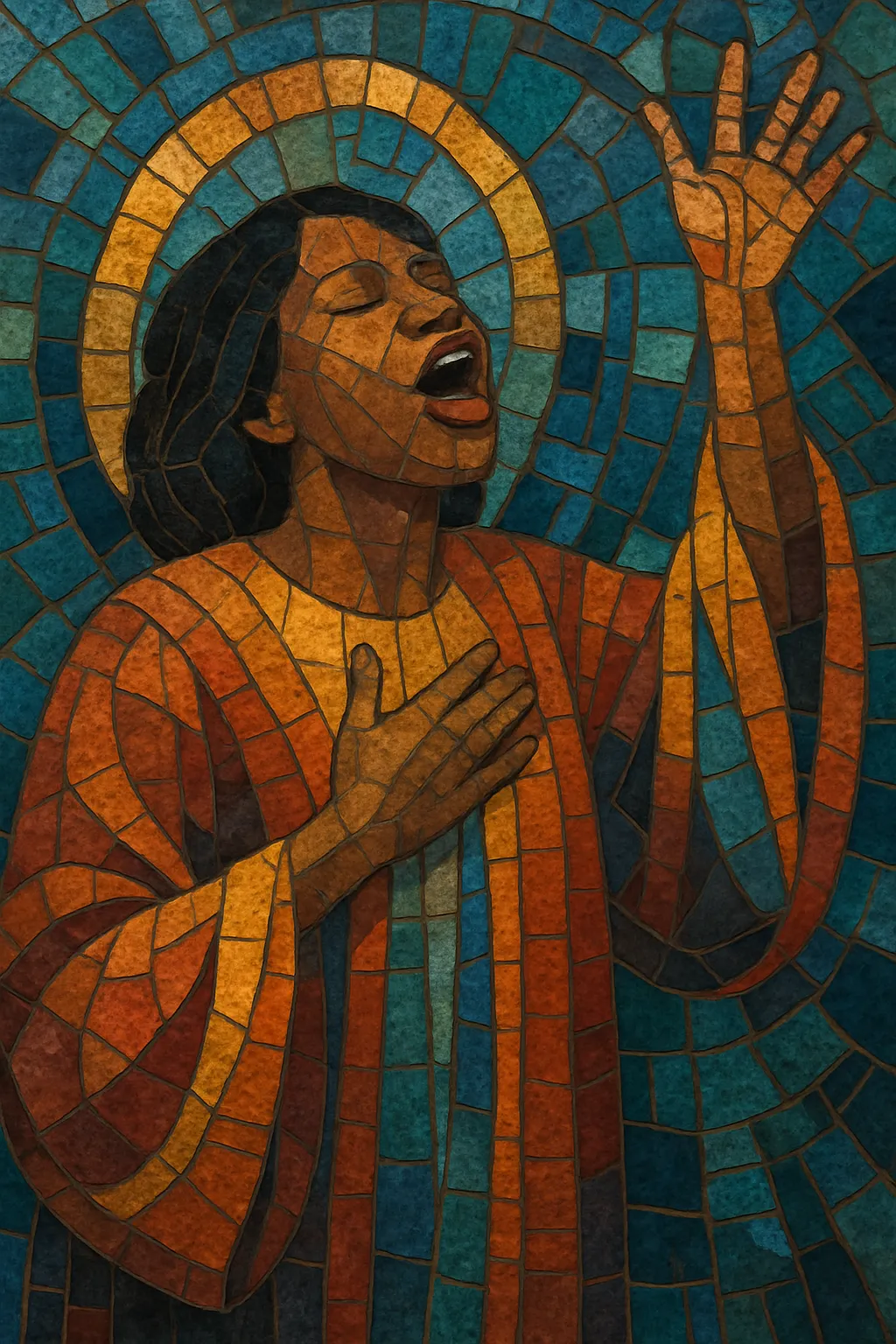
Contemporary gospel is a modern form of gospel music that fuses the traditional message and church-rooted call-and-response of Black gospel with contemporary production and mainstream styles such as R&B, soul, pop, funk, rock, and later hip hop.
It is characterized by rich vocal harmony (soloists, ensembles, and mass choirs), groove-forward rhythm sections, sophisticated keyboard-led harmony (piano, organ, Rhodes), dynamic modulations and extended vamp sections, and lyrics centered on praise, worship, testimony, and encouragement. Compared to traditional black gospel, contemporary gospel typically features sleeker studio production, radio-oriented song forms, and a broader palette of modern rhythms and textures.
The late 1960s set the stage for contemporary gospel’s emergence as artists began bridging church music with pop and soul production. A watershed moment came with the Edwin Hawkins Singers’ 1968 recording of Oh Happy Day, which crossed into mainstream charts without diluting its Christian message. This period codified the idea that gospel could retain spiritual integrity while embracing modern sounds and radio formats.
In the 1970s, Andraé Crouch and others pushed gospel toward sophisticated arrangements, pop writing, and studio polish, expanding the genre’s harmonic vocabulary and mainstream reach. The 1980s saw the rise of formidable choirs and ensembles and a strong R&B/soul backbone; groups like Commissioned helped define a smoother, urban-leaning gospel aesthetic and set the template for later generations.
The 1990s delivered a major cultural and commercial leap. Kirk Franklin brought hip hop beats, danceable grooves, and choir energy to the forefront, achieving unprecedented crossover. Alongside him, artists such as Fred Hammond (solo and with Radical for Christ), Hezekiah Walker, Donnie McClurkin, Yolanda Adams, and CeCe Winans broadened the genre’s sonic and lyrical scope while maintaining its core themes of faith, perseverance, and praise.
The 2000s blended gospel with pop and contemporary R&B (e.g., Mary Mary’s Shackles), while praise-and-worship songwriting influenced arrangements and congregational singability. Israel & New Breed, Marvin Sapp, Tasha Cobbs Leonard, and others brought stadium-sized worship dynamics into gospel contexts. Streaming-era platforms and televised competitions amplified new voices, while production incorporated 808s, trap hi-hats, and electronic textures without losing the genre’s harmonic richness and choral power.
Contemporary gospel remains vibrant and adaptive, comfortably integrating modern pop/hip hop sonics, global rhythms, and collaborative crossovers. It continues to shape worship practices, inspire mainstream vocal styles, and serve as a space where cutting-edge production meets deeply rooted spiritual expression.

